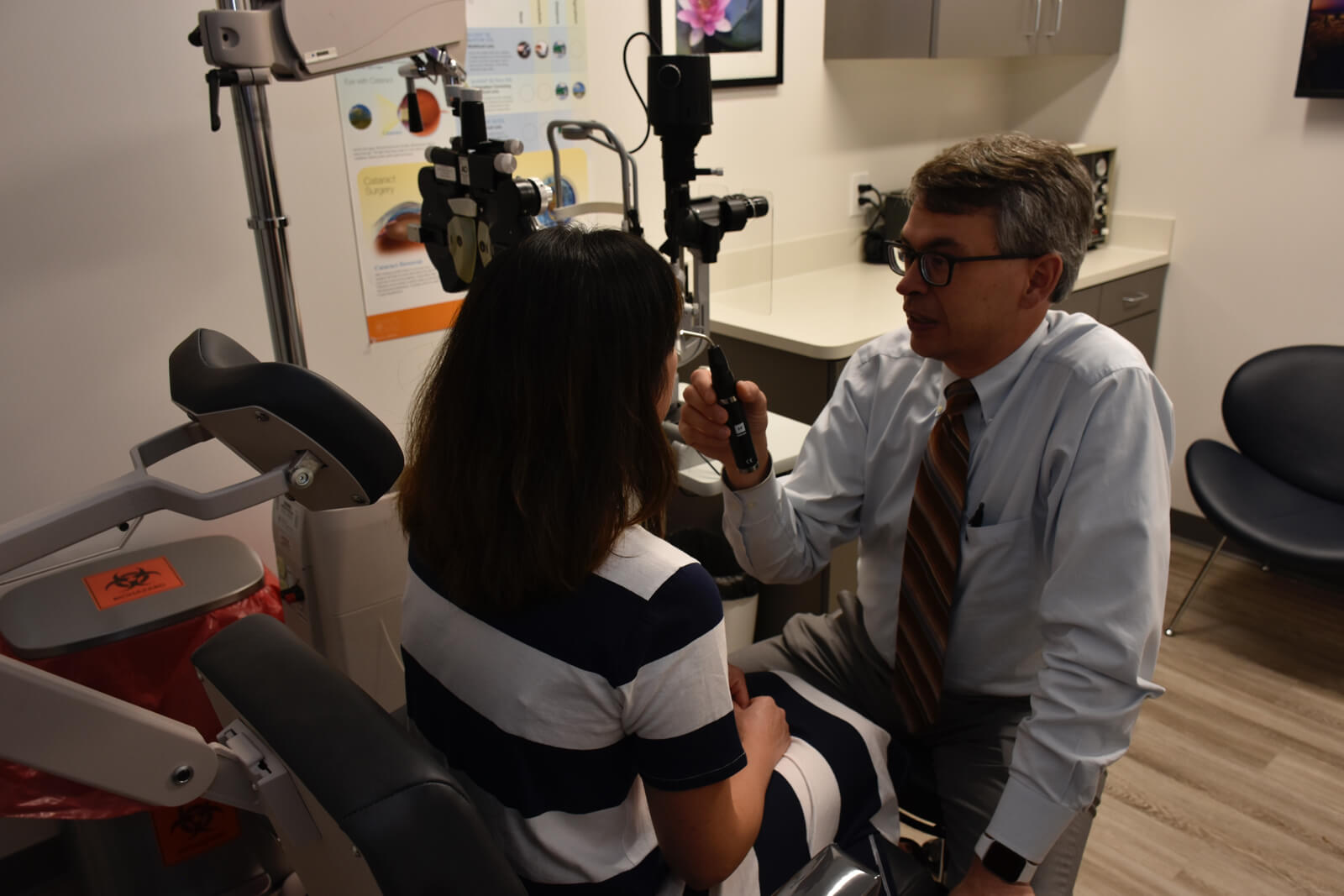Age-related macular degeneration is an unfortunately common condition in the later years of life. While it can start as early as age 50, it more typically starts in the 60 and up an age group. The macula is the central part of the retina and gives us most of our useful vision. In macular degeneration, important cells within the retina start dying off. This is called dry macular degeneration. This is typically a gradual process, and patients may not even notice early on. Eventually, the central vision is damaged, making objects look blurred or even partially missing. In advanced stages, it can be impossible to read at all or recognize a face. Fortunately, not all patients are so severely affected. While there is still no known treatment for dry macular degeneration, Preservision AREDS 2 vitamins, which can be bought over the counter, can slow the progression and are typically recommended.
For unknown reasons, some patients will later develop bleeding or swelling within the retina. This is called wet macular degeneration and can occur suddenly in patients with prior dry macular degeneration. Early symptoms may include rapid blurring of central vision or objects looking distorted or wavy. This can very rapidly damage vision and even lead to blindness. There are several medications now approved to treat this condition, each requiring a series of injections given every 1-2 months. Prompt diagnosis and starting these medications as soon as possible is key.
There are several known risk factors including age, race (Caucasians are the highest risk), smoking, hypertension, family history, obesity, cardiovascular disease, and perhaps excess sunlight exposure. Avoiding smoking, a heart-healthy diet, regular exercise, and perhaps regular use of sunglasses can reduce your risk.

